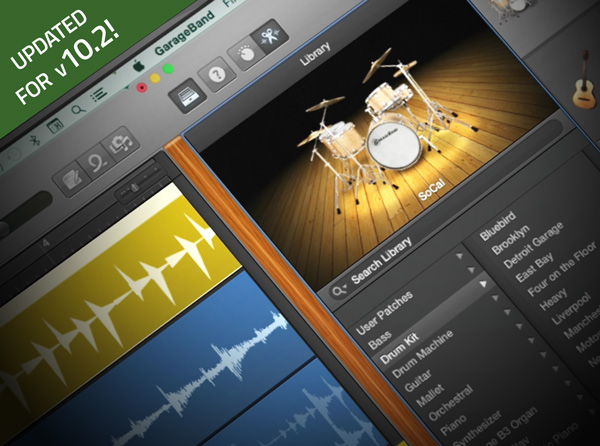
The top-right panel is the workspace, where you’ll see the notes you’ve recorded and the different instrument tracks in your project.

On the left, you’ll see the library, which lets you choose different instruments. For now, just click Software Instrument and Create.įinally, you’ll see the main GarageBand window. I encourage you to check out the other options, though, as they’re great for learning how to work with GarageBand’s tools.Īfter clicking Choose, you’ll get to the main GarageBand window. In this tutorial, we’ll be using the Empty Project option. When you start up GarageBand, you’ll be asked to create a new project (you can also get to this point with File > New or Cmd + N). Starting a New Project and the Main Window

If you see an instrument or loop that has a greyed-out title and has a downward-facing arrow next to it, just click the arrow to download the necessary files. You’ll also notice that many of the instruments won’t be downloaded initially. It’s a good idea to grab these, as they’ll give you more options for creating your own music. When you fire it up for the first time, it might ask you to download additional sound files. If you don’t, just head to App Store and download it. It’s available for Mac, iPhone, and iPad, and if you have one of those devices, you probably already have the app. Getting GarageBand on All of Your Devicesīefore we get started, you’ll need to make sure you have GarageBand on your devices.

This guide will help you scratch the surface of the software, and help you get on your way to becoming a GarageBand expert. So we’ll be going over the basics of GarageBand here. GarageBand has a lot of features and tools, and while they’re very powerful, it’s not always immediately clear how to use them. Feel free to copy and share this with your friends and family.Įven with its beginner-friendliness, it can be quite intimidating to jump into. Download How to Use GarageBand: A Step-By-Step Guide now. This guide is available to download as a free PDF.


 0 kommentar(er)
0 kommentar(er)
